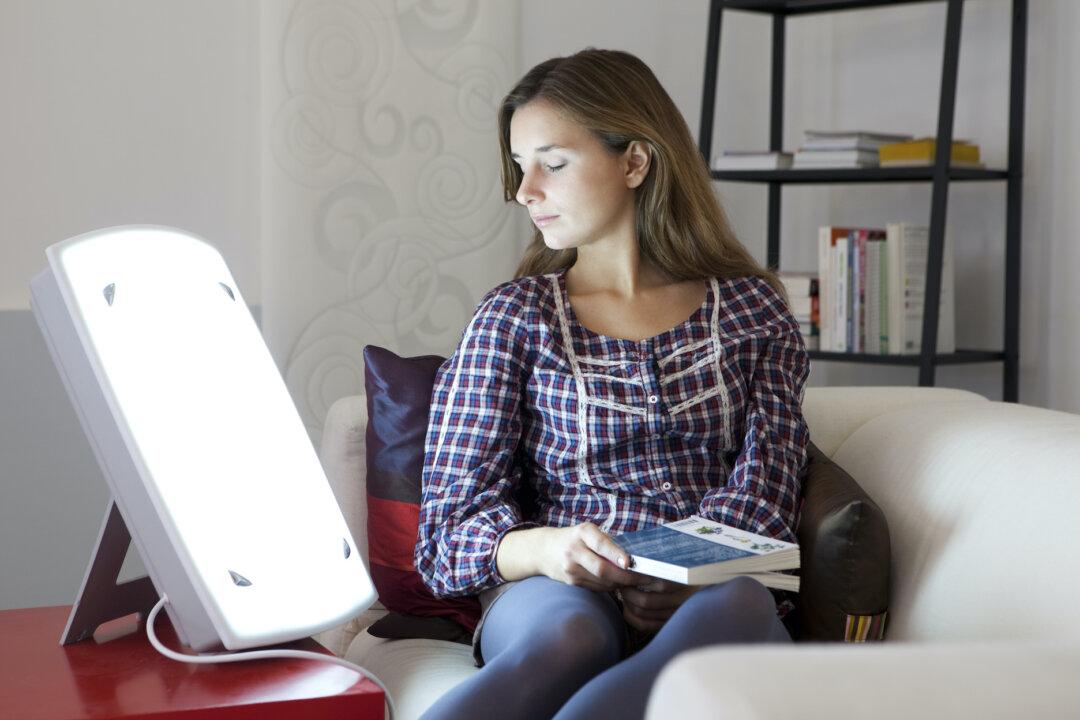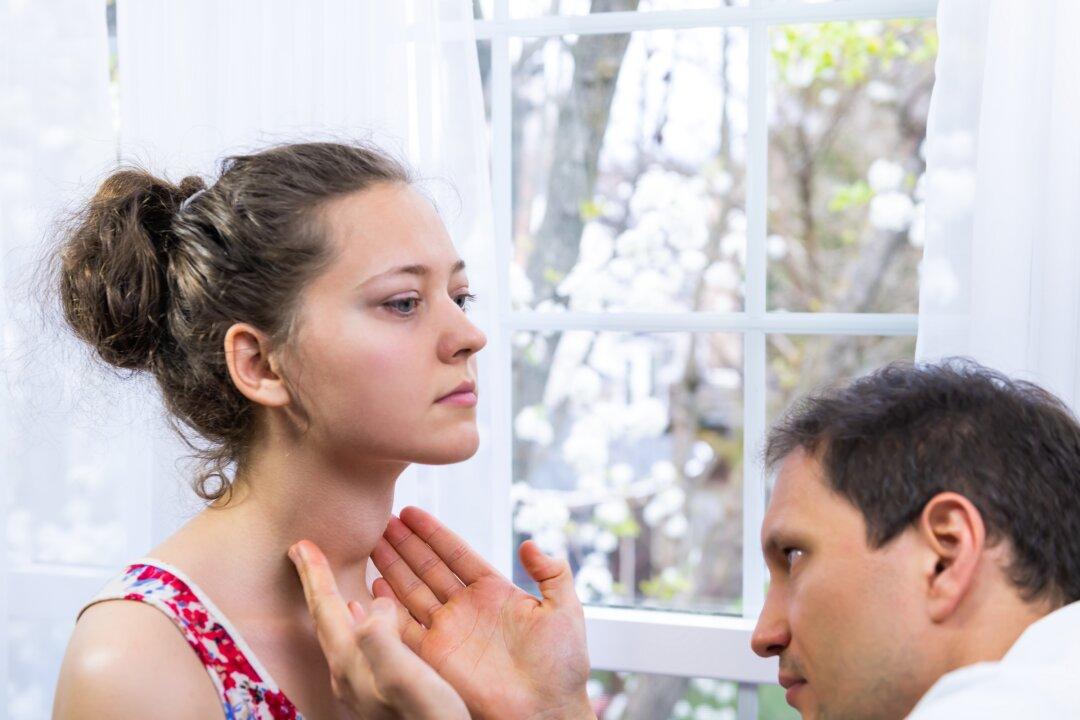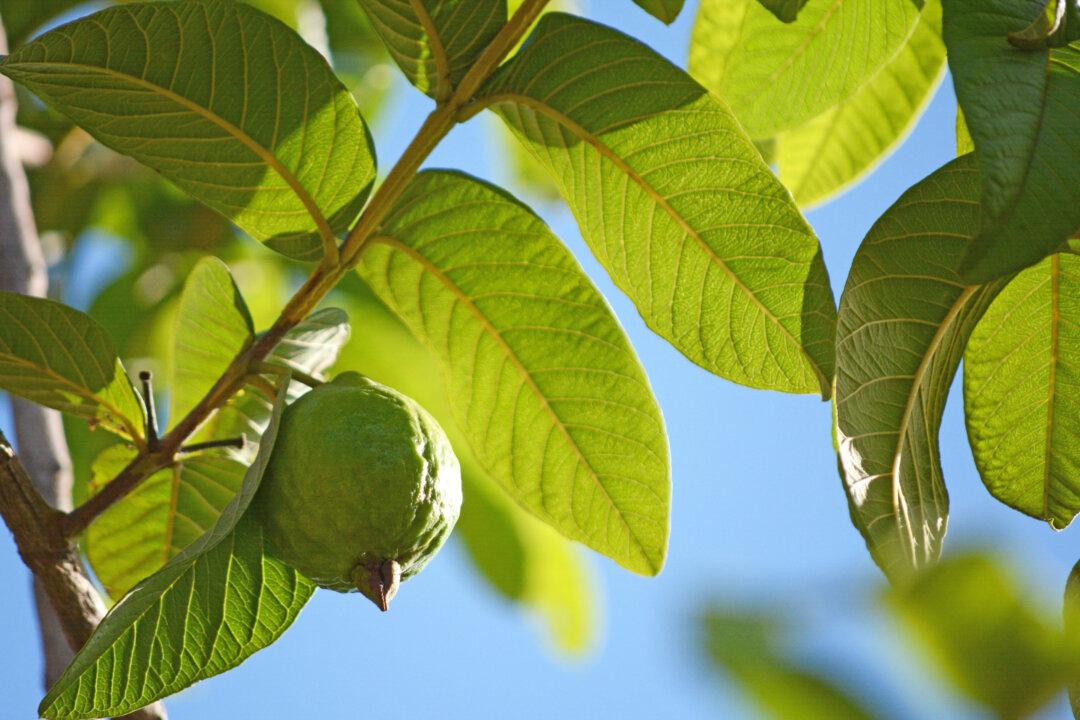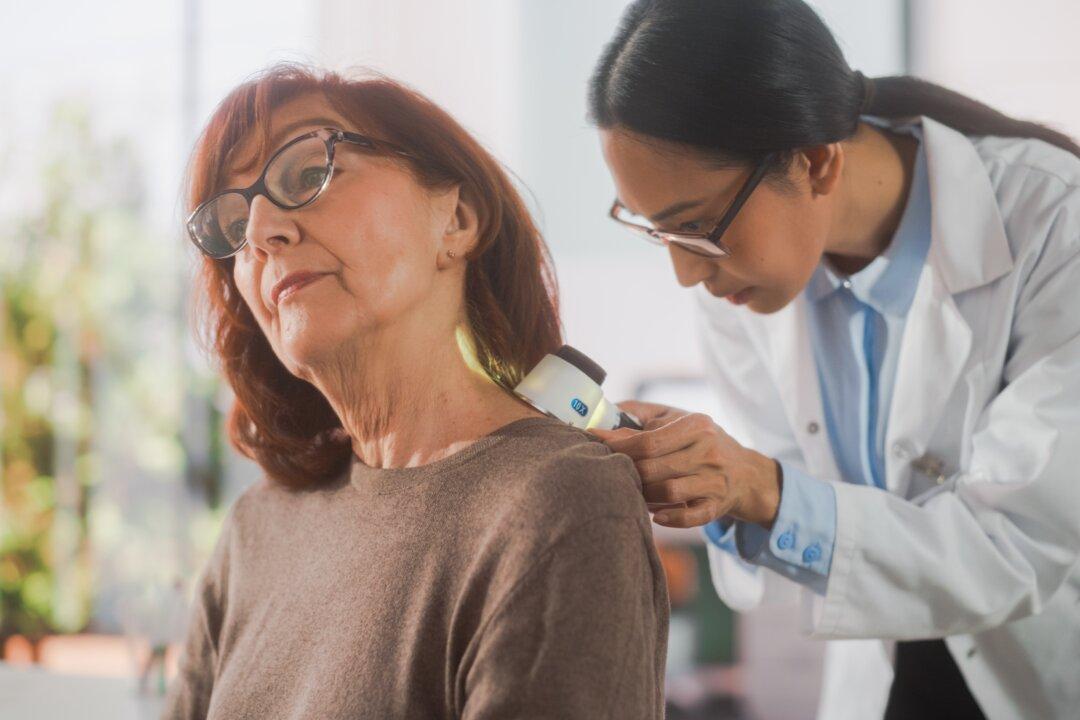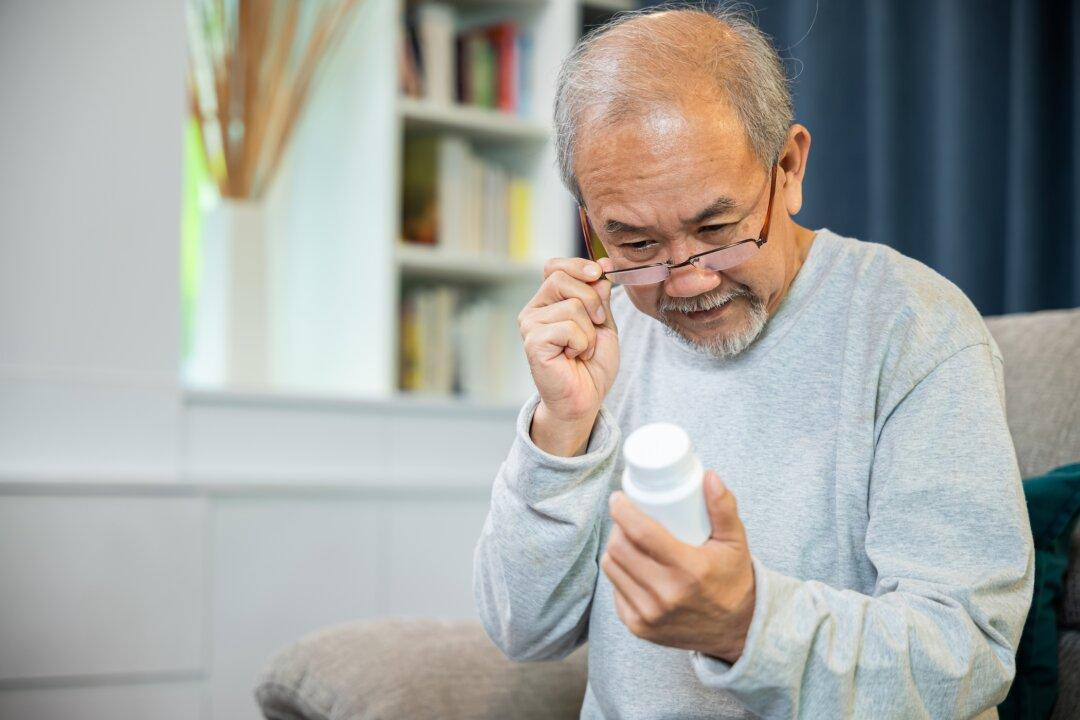When the winter blues get severe, they might be better identified as seasonal affective disorder (SAD), which can sap you of energy and leave your mind and body feeling down.
This seasonally recurrent kind of major depression is likely worse for many people due to our modern indoor lifestyles.

